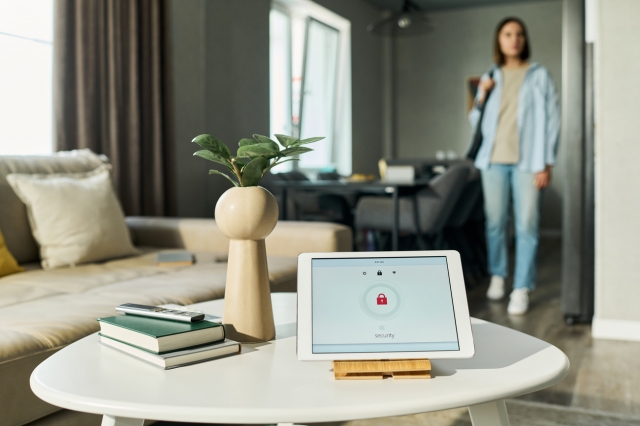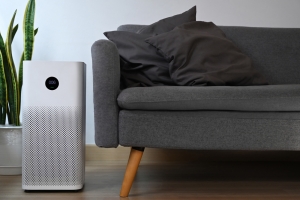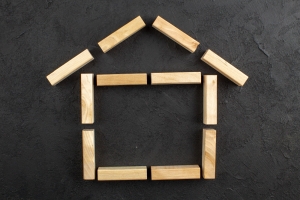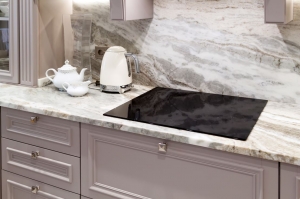Technology and residential construction have converged at a pivotal moment. What was once futuristic novelty is now expected: today's homeowners want intelligent, responsive environments that adapt to lifestyle, enhance security, and maximize efficiency.
Embedding smart systems during construction marks a major shift in residential building. Rather than retrofitting devices later, forward-thinking luxury home builder projects integrate intelligence into the very foundation of new homes.
The Foundation of Smart Home Infrastructure
Wiring and Network Architecture
The backbone of any smart home is robust connectivity. High-speed internet, fiber-optic cabling, and strategically placed wireless access points are essential to handle multiple connections without degradation.
Builders should install Category 6A or fiber-optic cables to every room and outdoor areas, ensuring full coverage with no dead zones. Power infrastructure must also be carefully planned, with sufficient capacity, smart outlet placement, and dedicated circuits for interference-free device performance.
Central Control Systems
A smart home's “brain” is its central hub, coordinating lights, climate, security, and entertainment. Modern systems use protocols like Z-Wave, Zigbee, or Wi-Fi—with choice impacting range, compatibility, and future readiness. Proper installation during construction ensures strong, house-wide signal propagation.
Essential Smart Home Systems
Climate Control and Energy Management
Smart HVAC systems go well beyond programmable thermostats. Using occupancy sensors, weather inputs, and learning algorithms, these systems adjust for comfort and efficiency automatically.
Integration enables advanced triggers—like pre-cooling when occupants are expected home or adjusting settings when security systems detect absence. Plus, energy management now includes smart panels, solar integration, and battery storage, offering lower costs and resilience during outages. When a luxury home builder incorporates these technologies at the construction stage, seamless integration—impossible in retrofits—is achieved.
Lighting and Ambiance Control
LED-driven smart lighting adjusts brightness and color temperature to support circadian rhythms and reduce energy waste. Occupancy sensors and scene settings enhance convenience, security, and efficiency.
Planning fixture placement, control wiring, and power during construction ensures reliable, long-term performance. While wireless systems add flexibility, hardwired designs avoid battery dependency and provide greater consistency.
Security and Access Control
Modern smart security goes beyond alarms. It includes smart locks, video doorbells, interior/exterior cameras, motion detectors, and glass-break sensors. Smart locks enable app, keypad, or biometric entry and even provide temporary codes for service personnel.
Surveillance features now include facial recognition, package detection, motion intelligence, and cloud-based storage for footage. Local storage remains an option for privacy-focused homeowners.
Integration Challenges and Solutions
Compatibility and Standardization
Device interoperability remains critical. Standards like Matter (formerly Project CHIP) aim to unify protocols. Builders should pick systems from manufacturers with open standards and robust update support.
Future-Proofing Infrastructure
Given rapid device evolution, infrastructure must be adaptable. Extra electrical and network capacity, quality cabling, and modular platform design enable easy future upgrades without overhauls.
Privacy and Security Measures
Smart homes collect vast behavioral data. Protection requires strong encryption, network segmentation, and a structured update strategy. Professional installs ensure these safeguards are built in from day one.
The Role of Professional Integration
Design and Planning Phase
Smart-home integration starts in the design phase—aligning infrastructure with homeowner lifestyle, goals, and aesthetics. Early planning determines ideal device locations, cable routing, power needs, and hub placement.
Installation and Configuration
Experts program systems, secure networks, and test functionality thoroughly. They also train homeowners, ensuring they can use the systems effectively from day one, enhancing satisfaction and maximizing value.
Future Trends and Innovations
The smart-home industry continues to evolve rapidly. Artificial intelligence enables systems that adapt and optimize autonomously. Voice control has become intuitively responsive to natural language and context.
Sustainability is rising in prominence: expect more integration of solar panels, battery storage, EV charging, and advanced energy management—offering eco-friendliness and long-term cost savings.
Conclusion
Smart home integration during construction is fast becoming the standard. When done thoughtfully—with planning, expert installation, and high-quality systems—the outcome is efficient, secure, comfortable, and future-proof.
Professionally integrated smart systems enhance quality of life, reduce operating costs, and boost property value. For anyone working with a luxury home builder, the decision is no longer if—not whether to integrate smart technology—but how deeply to integrate it and which systems best align with lifestyle and long-term vision.






